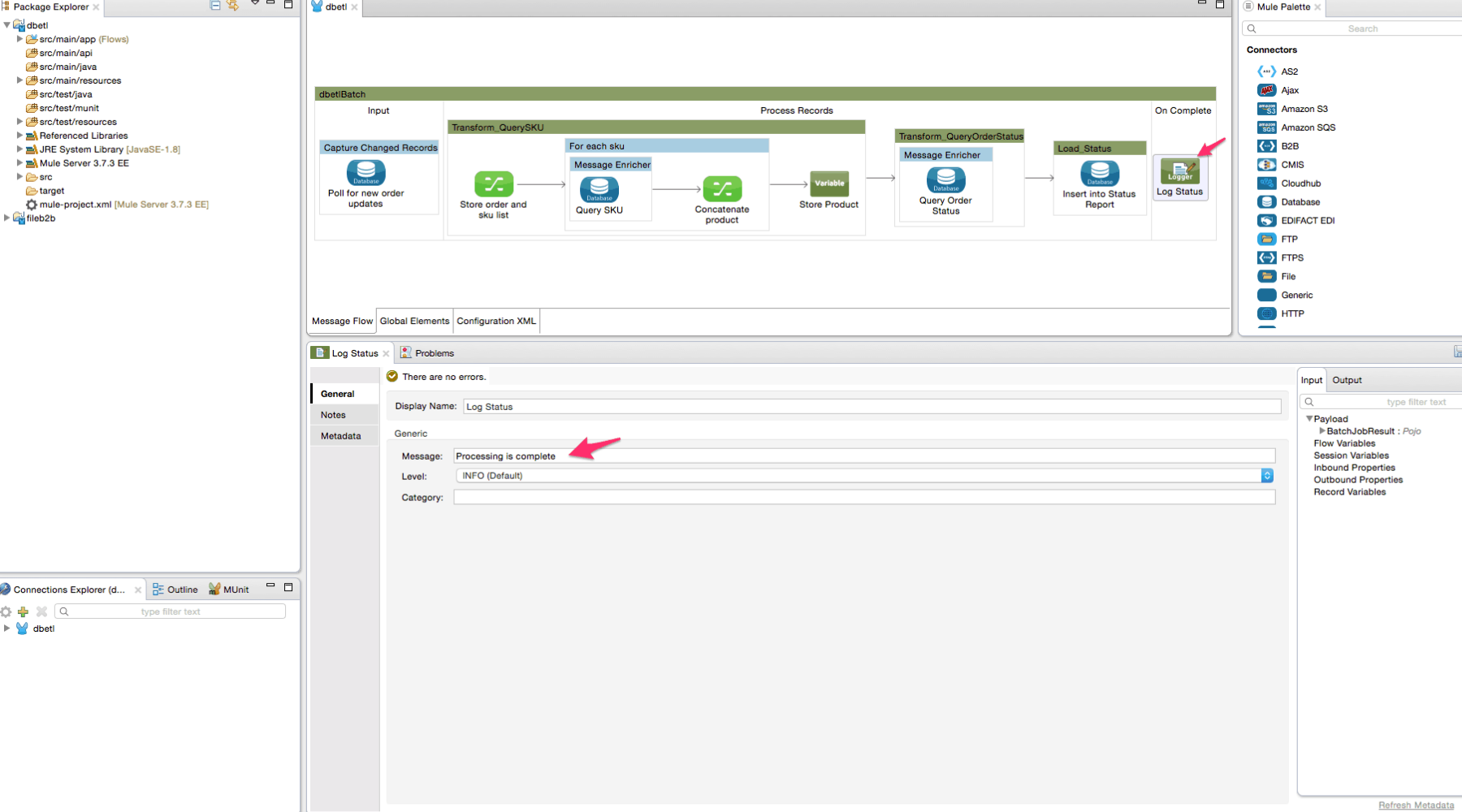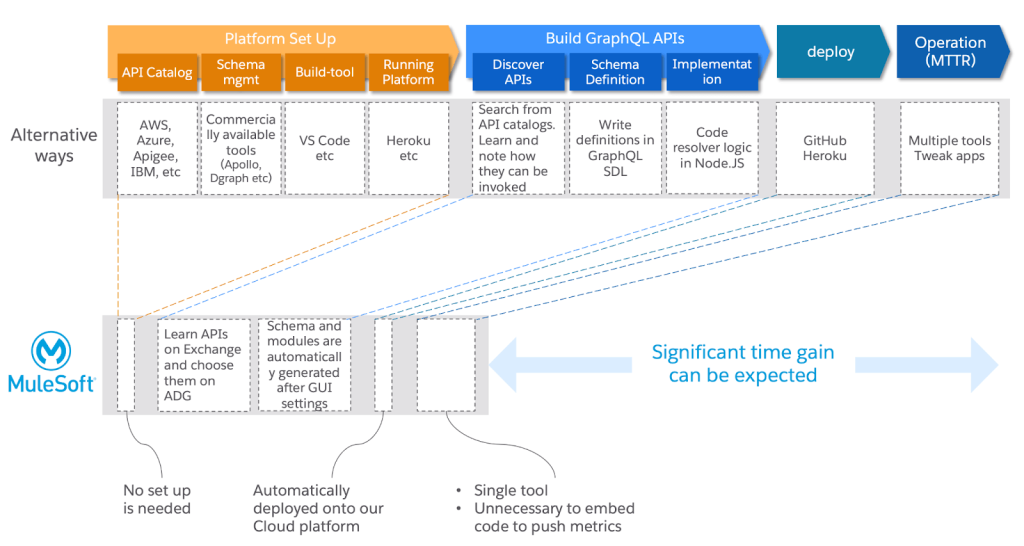MuleSoft be use for ETL?
Not a big fan coding in MuleSoft Composer?
Various ETL tools have been popular since the 70s and mainly associated with data warehousing-MuleSoft.
The principle is to collect data in multiple formats from different sources, process, clean, and re-structure it before.
ETL stands for ‘extract, transform, and load.’ So, how can you use MuleSoft’s platform to achieve a better ETL integration?
Finally, store in one place.
MuleSoft has a unique approach towards modern connectivity, which differentiates its solutions from standard ETL platforms.

Although not explicitly designed as an ETL solution, MuleSoft’s Anypoint Platform has all the tools required to perform successful data extraction and processing.
It also supports implementing a variety of connectivity patterns for ETL/ELT.
Furthermore, as a unified solution, it enables the re-use of the same building blocks to implement ETL/ELT processes faster, and consistently and, in turn, avoid error-prone processes.
- You will need a batch processing component, transformers, filters, and other MuleSoft components.
- The batch processing module enables processing a large amount of data by breaking it into chunks and storing them in a queue.
- The powerful scripting language (Data Weave) in MuleSoft – is employed for advanced data transformation and aggregation.
- Last but not least, the platform supports messaging, events, and streaming. this allows users to mix advanced integration patterns into ETL processing.
What is MuleSoft Graph QL integration? ETL
- Graph QL compared with REST, the most popular approach for designing APIs.
- And also this is a query language for APIs created by Facebook in 2012. APIs that provide a Graph QL interface are called Graph QL APIs. Is Graph QL better than REST?

- There are loads of online articles arguing which is superior and more effective.
- Keep in mind that the main difference is that REST is an architectural style, a concept, while Graph QL is a language that specifies how to request data from a remote server.
- In spring 2021, MuleSoft added Data Graph capability to the Anypoint Platform. Applications often operate with a vast amount of data from different sources.
- Front-end developers must overcome the challenge of extracting and processing information stored in various formats while serving it without delay.
- GraphQL UI was designed to solve this problem. It offers an additional layer that exposes a single end-point, hiding the complexity of accessing diverse data sources to serve your requests.
- This approach is very much aligned with the API-led connectivity principles.
- Undoubtedly, bringing back all required information from multiple APIs in a single call and without additional code is a great advantage! GraphQL also solves REST’s over-fetching and under-fetching problems – due to its inflexibility, REST always returns a predefined set of data regardless of your exact requirements.
- Read more about how to use GraphQL to consume your REST APIs faster with DataGraph.


